Introduction to the GE 8851-LC-MT Safetynet Controller The GE 8851-LC-MT Safetynet Controller is a robust, compact device designed to enhance safety protocols in various industrial applications. Offering reliability and precision, this controller plays a key role in monitoring and controlling safety systems. With its user-friendly interface and advanced functionality, it has become an essential tool for many operations requiring top-notch security. Dimensions and Build Quality The GE 8851-LC-MT Safetynet Controller boasts a compact yet durable design, measuring just 7 cm in height, 14 cm in width, and 13 cm in depth. Despite its small form factor, the unit is engineered to handle demanding environments while ensuring ease of installation and integration. The choice of materials and careful design ensure long-term durability and optimal performance. Weight and Portability Weighing in at only 1.24 kg, the GE 8851-LC-MT Safetynet Controller is lightweight yet sturdy. Its manageable weight makes it ideal for applications where space is limited, or where portability is required. Whether mounted on a wall or installed within a control panel, its weight allows for easy handling without compromising on strength or security features. Features and Functionality Designed with cutting-edge technology, the GE 8851-LC-MT Safetynet Controller offers a host of features that streamline safety monitoring. It supports real-time data collection, remote monitoring, and fault detection, ensuring that safety systems are always operational. Additionally, its intuitive interface allows for easy adjustments, while its high-end processing power ensures accurate and efficient performance. Applications and Use Cases The GE 8851-LC-MT Safetynet Controller is perfect for use in a variety of industries, including manufacturing, construction, and energy. It is often used in applications that require constant safety oversight, such as fall protection systems, hazard detection, and emergency shut-off procedures. The versatility of the controller makes it suitable for both large-scale projects and smaller operations, offering flexibility in how it is deployed. Conclusion The GE 8851-LC-MT Safetynet Controller is a small but powerful device that plays a critical role in ensuring safety across a wide range of industries. With its compact dimensions, lightweight design, and robust functionality, it is a reliable tool that enhances both security and operational efficiency. If you are looking to upgrade or improve your safety systems, the GE 8851-LC-MT Safetynet Controller is an excellent choice that combines advanced technology with user-friendly features.
Read More
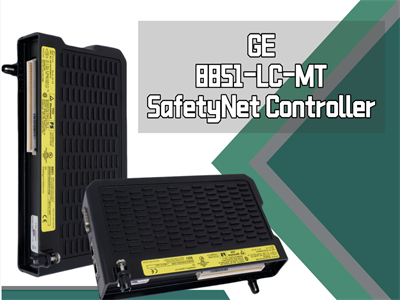
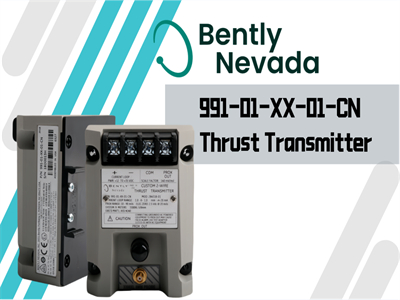
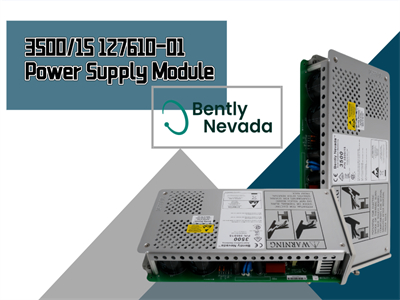
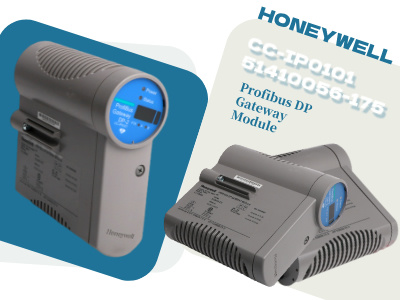
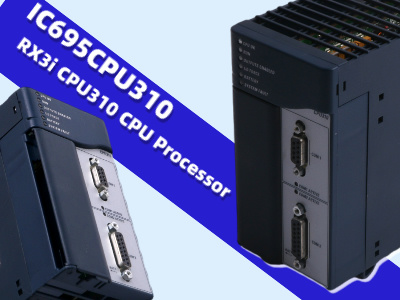
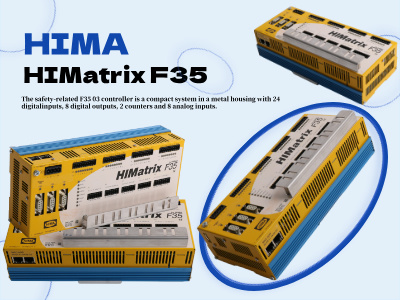
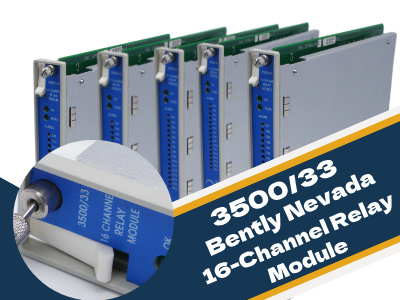



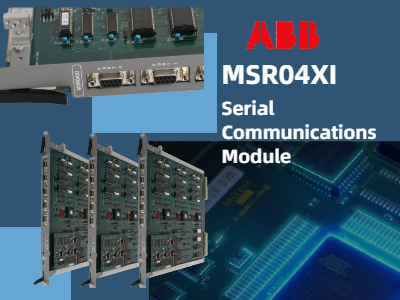













 IPv6 network supported
IPv6 network supported